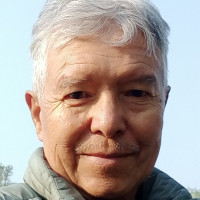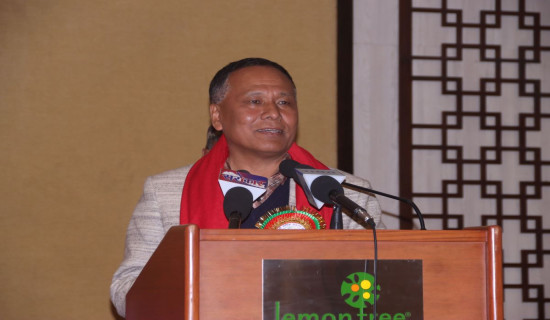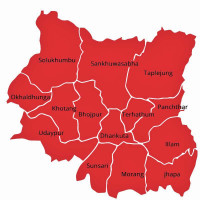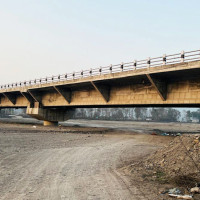- Tuesday, 6 January 2026
Pokhara: Then And Now
The emergence of towns or cities has become a global concern and the most characteristic development of the modern world. Nepal has not remained unaffected by this phenomenon with the increasing proportion of people seeking non-agricultural professions in towns or cities.
However, the cities in Nepal continue to manifest the typical features of indigenous urban growth, which cannot be compared with Western urbanization supported by the Industrial Revolution. This essay developed and took its shape in the context to explore the evolution of the city of Pokhara flourished in the central hills of Nepal.
Early Events
Pokhara with a history of nearly four hundred years is a beautiful valley, which lies on the lap of lofty and fascinating ranges of snowy mountains called Annapurna with lovely Machhapuchhre. These beautiful mountains rising just above the Pokhara valley remain not only as sources of pristine beauty but also as sources of myths, legends and facts on the origin of the valley.
Recent discoveries have led geologists to conclusions indicating that the valley floor of Pokhara appeared and came into existence with the catastrophic debris flow event from Machhapuchhre and Annapurna about ten thousand years ago. The most recent, less powerful flow was about seven hundred years ago.
Having many charming lakes and the enchanting Himalayas around its vicinity, Pokhara has become one of the most beautiful towns in Nepal with its central location in the middle of the country. Apart from this, the geological structure of the valley and the ethnocultural mosaic seem to be more interesting and enchanting for the observers.
Like the two major geological upheavals leading to diverse surface formation, the cultural backbone of Pokhara was also formed by diverse ethnic groups of people who came and settled there in different periods of history.
The socio-cultural process as one of the main features of the urban culture of Pokhara with its somewhat weaker rural base resulted in the evolution of a multi-ethnic and multi-cultural society in the town which was brought into being through a historical process. During the medieval period (879-1768), the 'fort settlement' near Pokhara remained as the base of early habitation in the valley.
Because of the murky political situation of distrust and rivalry, there was no significant settlement in Pokhara during the medieval period. Till the end of the medieval period, most of the settlements in Nepal were concentrated in fortified hills known as 'not' for the sake of defense.
Lower places were not favored for settlements on account of their weaker strategic location and their humid and malarial climate. It was only after the unification of Nepal in the late eighteenth century, that the strategic importance of fort settlements declined and lower places like Pokhara grew to become a large settlement.
Growth Dynamics
The city of Pokhara has acquired its present form passing through three distinct phases of development. The people of occupational caste initiated the first phase as they started to grow rice in the fertile but unhealthy lowlands of the valley. This initial agricultural activity helped eliminate the breeding places of mosquitoes and create a viable condition to settle in the valley plains.
The settlement was established in Batulechaur earlier in comparison to other parts of the valley. The establishment of the winter capital at Batulechaur by Kulamandan Shah (Jagati Khan), then king of Kaski, further played the role of attracting people to settle down in the valley.
This new movement laid the foundation for 'castle settlement' that further led to the growth of Pokhara as an administrative center.
As encouraged by the Hindu ruler to settle and reclaim unsettled land in the valley, the Brahman and Chhetris introduced the farm-based rural culture influenced by Hinduistic tradition and customs.
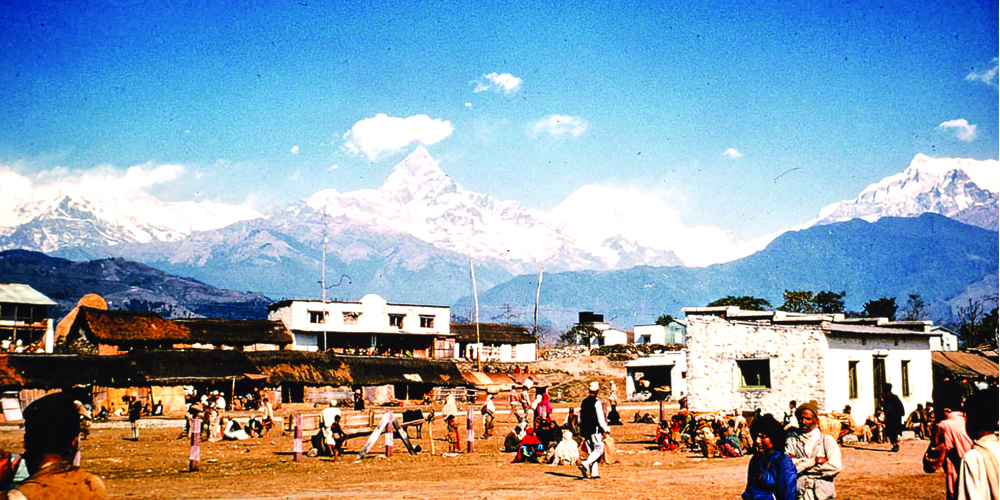
The land granted by the king to the temples and the communities of royal favor supported the emergence of the 'temple settlement' of the Brahmans and the 'castle settlement' of the Chhetris that appeared as the earliest component of the town.
The second phase proved to be the turning point for the significant growth of the town. In 1752, just before the beginning of the unification of the kingdom, the then ruler of Kaski brought the first batch of Newar settlers from Bhadgaun for metal works and construction.
The Newar people initiated the market-based culture by building up a trading and commercial network in the 'market settlement' with special features of Newari architecture and city planning typical of Kathmandu Valley.
With this new movement, the periodic exchange of goods was gradually replaced by a permanent commercial market system based on cash and credit flow.
The geographical location of Pokhara in the trans-Himalayan trade route also favored it to grow as an important trading center, leading to the physical expansion of the town.
The market culture initiated by the Newars brought a far-reaching impact on the socio-cultural process in Pokhara and peripheral areas as well. Next to the Newars, the Thakalis migrated to Pokhara from the upper Kaligandaki region in around 1846 and succeeded in establishing a strong socio-economic network in the town.
The third phase that brought further remarkable changes in the growth process of Pokhara started between the early sixties and early seventies. With the eradication of malaria from the valley, the new settlers from the surrounding hills started to come down to settle in the valley.
Gurungs' Migration
Among the hill people, the migration of Gurungs was quite phenomenal since they were the demographically predominant tribal people living in the hills around Pokhara. The opening of highways and air service, development of urban amenities, and the changed status of the Gurung ex-servicemen and other middle-class people outside the region largely accelerated the high percentile growth of the town population.
The returning Gurkhas as agents of cultural diffusion and change came to know the importance of modern education for a better future and a new way of life. This change in their thinking led to the large influx of Gurung migration from the hills to Pokhara. The Gurungs have since emerged as a leading social and cultural force in the town.
The three major events as stated above resulted in the growth and evolution of urban culture in Pokhara, forming a 'three-layer culture' consisting of the urban (Newari), the rural (Pahadi Hindu), and the hill (ethnic or indigenous) people.
This further consolidated their socio-cultural network and long-standing tradition and custom.
Living together in close proximity, these groups have influenced each other in their way of life and culture. A sense of co-existence and combination and interaction among these three cultural groups in the urban complex has generated positive processes to promote a 'melting pot' situation without losing a group-specific cultural character.
The three-layer culture and cultural trends in Pokhara have the potential to play a model for similar other settings that are in the making in Nepal.
(The author is former Associate Professor of Archaeology at Tribhuvan University)
How did you feel after reading this news?


